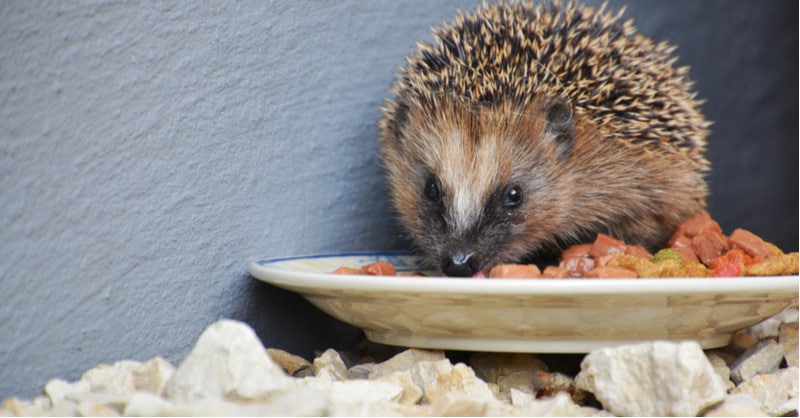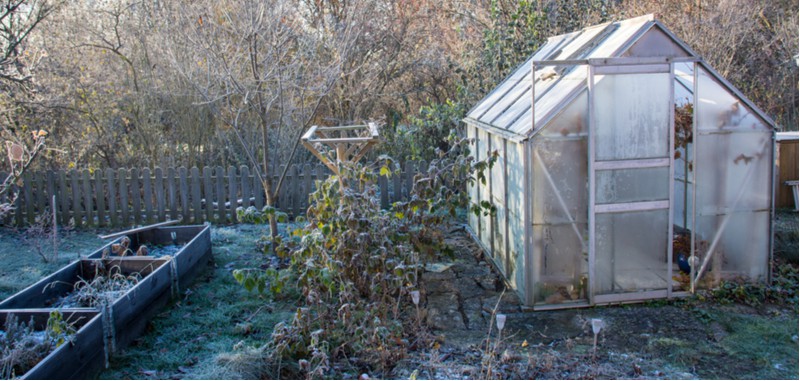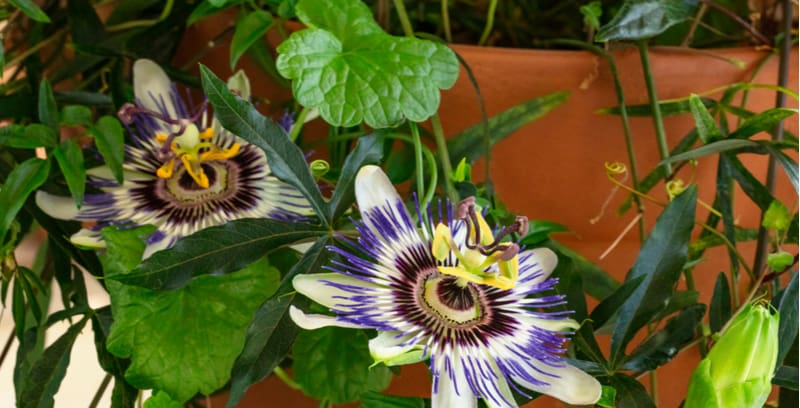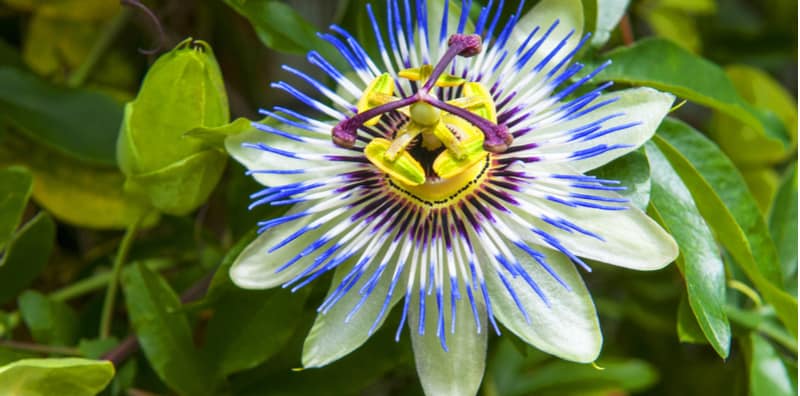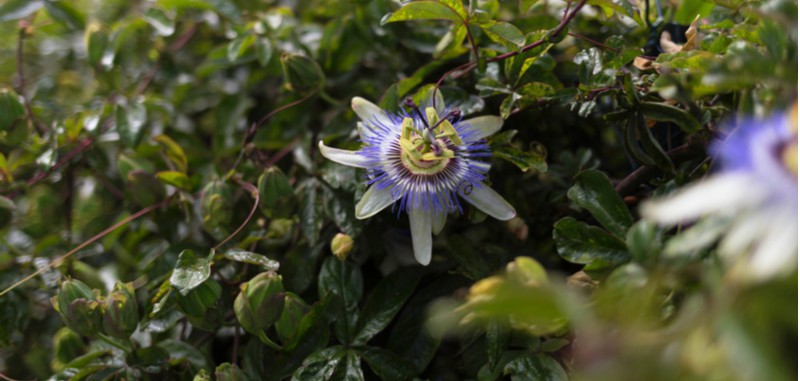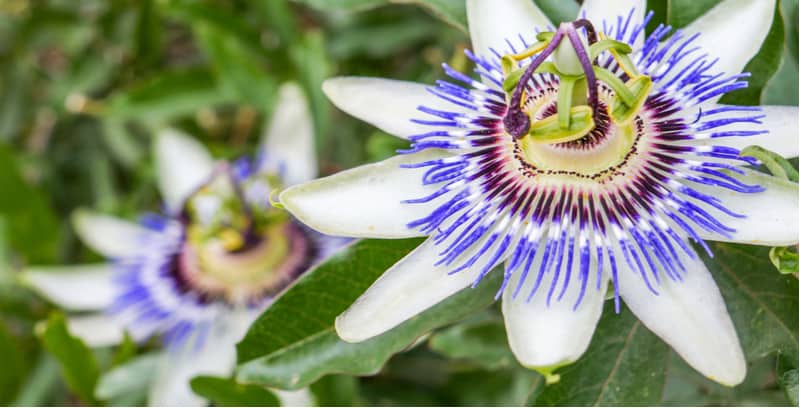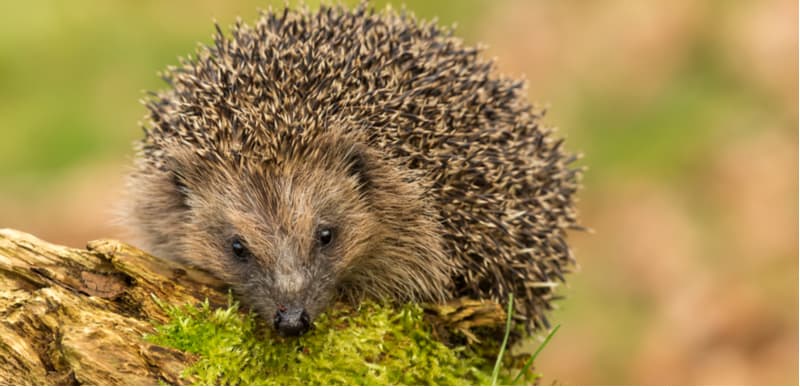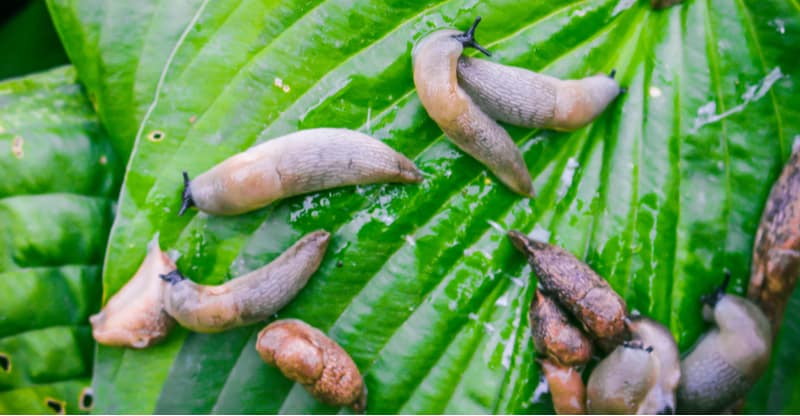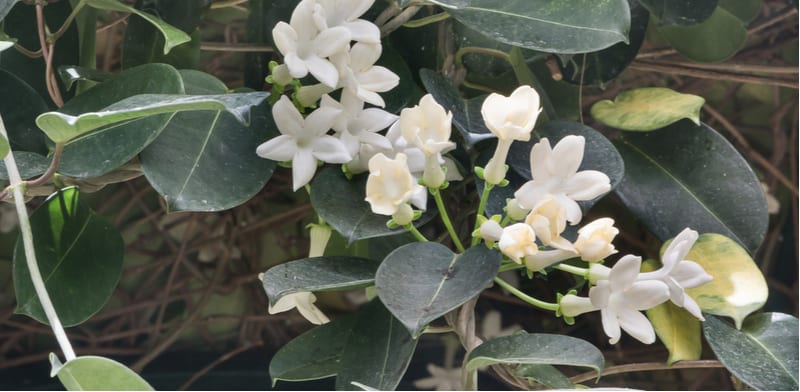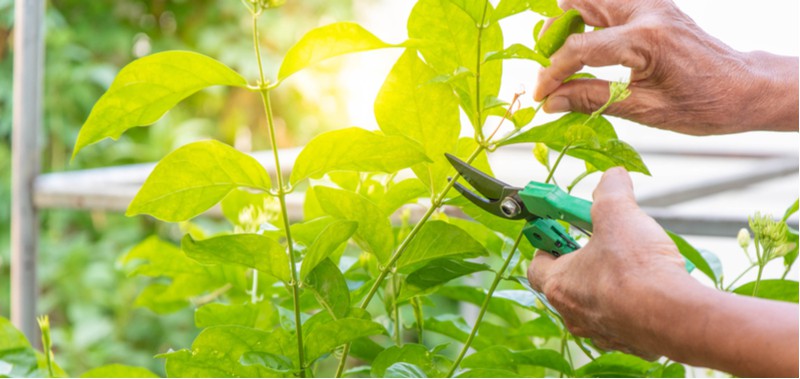Many people love attracting wildlife to their gardens and will go out of their way to attract specific animals that are natural predators for common pests, especially slugs. One such animal, which is great for our gardens and in much need of our help, are hedgehogs. But what foods can you put in your garden to attract them and more importantly help the hedgehogs? In other words what foods are safe for hedgehogs? Well, first…
Having your own greenhouse seems like a great idea but you might be worried about the expensive electric bill. It’s already hard enough to keep your house warm but now you have to keep your greenhouse warm too. Thankfully there are ways that you can design and maintain a greenhouse without using electricity, and at the very least, protect those plant that needs a little extra protection from hard frost without using electricity. In this…
Passion flowers are evergreen climbers that are self-clinging by nature and will crawl their way up any surface you allow. They offer some of the most beautiful and unique flowers that leave behind the tropical fruit, passionfruit. The most popular variety is Passiflora caerulea which is hardy in most parts of the UK although it does need a sheltered spot. The fruits are edible, however, be warned, they must be fully ripe or it can cause…
Growing Passion flowers will provide your garden with some of the most brightly coloured flowers and fruits. In sunny, sheltered areas of the UK, or in a greenhouse for more tender varieties, you can let this evergreen climber spread and thrive. Where to plant Passion flowers If you are growing one of the hardier varieties, such as Passiflora caerulea, outside it is best to plant them in an area where they will receive full sun…
Taking semi-hardwood cuttings from Passionflowers is the easiest way to propagate from plants you already have without any special skills or equipment. You can also take softwood cuttings a little earlier in the season, although we recommend waiting a little longer and taking semi-hardwood cuttings instead. When to take Passionflower Cuttings Semi-ripe cuttings are taken from the current season’s growth and they should be taken at such a time that the base of the cutting remains…
Passiflora caerulea, also known as Passionflower, is a semi-tropical flowering and fruiting plant that brings some of the most unique flowers to your garden. With regular pruning, you can promote even thicker stems, increase flowers, and subsequently increase fruit production which is a nice late feature on its own. Trimming your shoots while they are growing will help them to remain in a specific area rather than taking over the entirety of your garden because…
Creating a hedgehog friendly garden Hedgehogs are one of the best animals to bring into your garden because they will consume pests like slugs so that you don’t have to, plus there adorable and don’t do any harm. They give a helping hand to your garden but how can you attract them so that they show up regularly? Make it easier for them to get into your garden in the first place Give them access.…
It is incredibly difficult to keep plants flourishing, a task made all the more difficult when you have to worry about slugs and snails. Slugs are not only annoying but they are also incredibly destructive and will eat through all of your Hosta leaves very quickly, within a night they can really cause significant damage. Slugs prefer damp, dark areas and they need moisture to survive so if you live in an area with a…
Jasmine is a woody climber that produces flowers in the summer or the winter depending on the variety you choose. Winter flowering jasmine such as the Jasminum nudiflorum produces stunning yellow flowers through winter and spring while the summer flowering varieties, such as Jasminum officinale with its white flowers and beesianum with its red flowers, produce stunning and often scented flowers in summer. When planting it is best to do it in the spring or…
There are two main types of Jasmine plants when it comes to the hardy outdoor varieties. With the Jasminum officinale being a summer flowering variety and the Jasminum nudiflorum being a winter flowering variety. The key here is to prune at the correct time of year to ensure you don’t remove the flowering growth for the following year. When you should prune Jasmine and why As a rough guide, Jasmine that flower in the summer…

